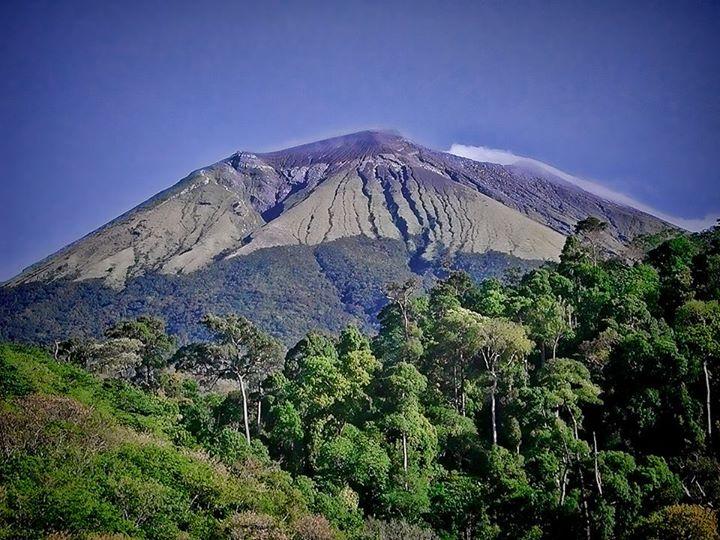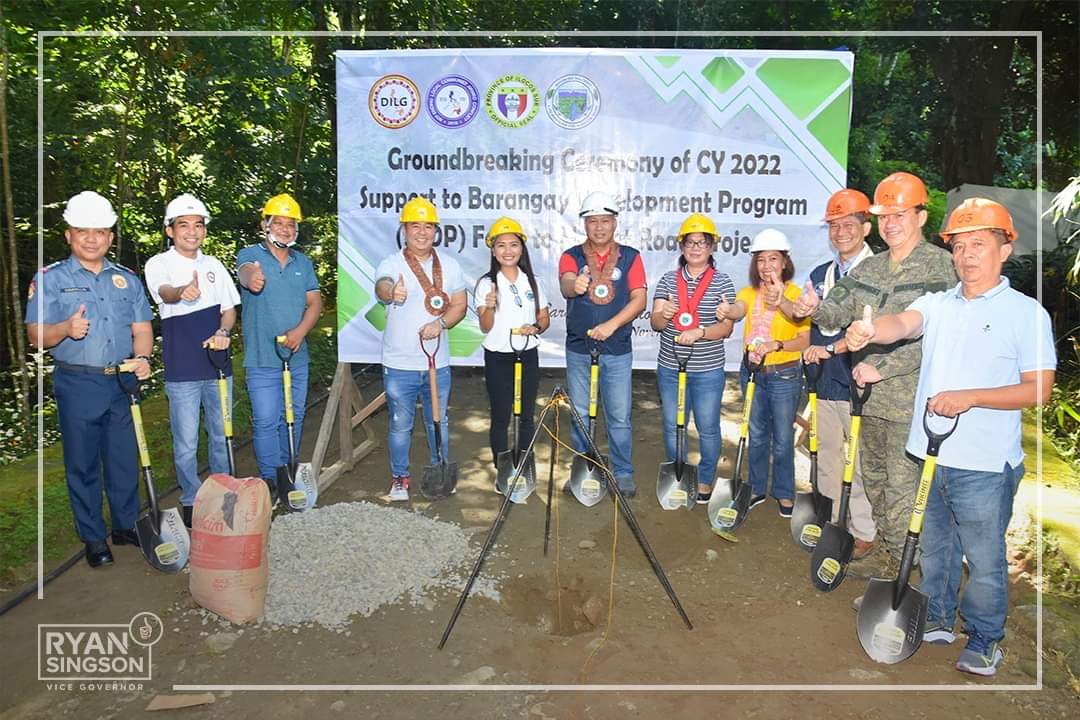The Philippine Institute of Volcanology and Seismology (Phivolcs) is now monitoring localized earthquakes on the northwest flank of the Kanlaon Volcano due to an increase in volcanic activity.
Phivolcs Director Renato Solidum Jr. said the localized earthquakes monitored were high frequency volcanic tremors. Compared to tectonic quakes which are caused by fault movements, a volcanic earthquake is caused by movements or eruptions of magma from the volcano.
"The series of earthquakes is clustered in the northwestern flanks of the volcano and needs to be monitored," he told the Philippine News Agency on Wednesday.
In an advisory issued at 4 p.m., Phivolcs said the localized earthquake activity on the lower northwest flank of Kanlaon Volcano, in the jurisdiction of Bago City, Negros Occidental, began since 8:12 p.m. on February 8.
As of 9 a.m. Wednesday, Phivolcs has recorded 11 "very shallow" earthquakes with magnitudes 0.9 to 2.1.
Sulfur dioxide (SO2) emission from the summit crater remains within baseline levels, according to Phivolcs, averaging 387 tons per day since October 2021.
On February 3, the SO2 emission was 138 tons. There is no visible degassing activity from the crater on February 9.
"Overall, localized shallow seismic activity and short-term ground deformation are likely caused by shallow hydrothermal or geothermal processes beneath the edifice that could generate phreatic or steam-driven explosions," the advisory read.
Kanlaon Volcano remains under alert level 1 (low level unrest).
Phivolcs reiterated that entry into the 4-kilometer radius permanent danger zone (PDZ) must be strictly prohibited due to the further possibilities of sudden and hazardous steam-driven or phreatic eruptions.
In addition, residents on the lower slopes of Kanlaon are advised to report any unusual observations to their local officials, or to the Kanlaon Volcano Observatory at La Carlota City, Negros Occidental.
Pilots are likewise advised to avoid flying close to the volcano’s summit, as ejecta from any sudden phreatic eruption can be hazardous to aircraft. (PNA)
(Photo credits to: Vigattin Tourism)








